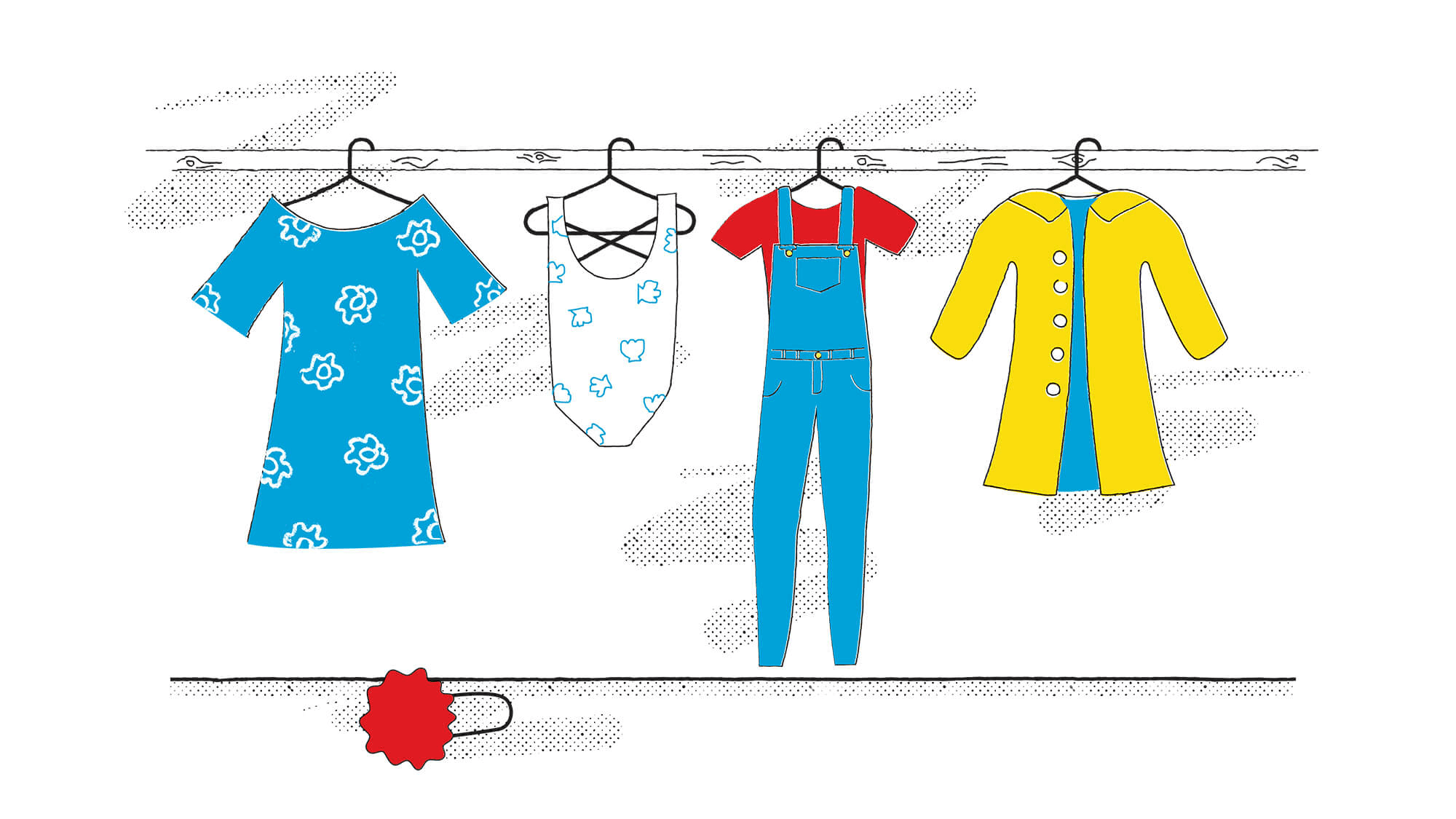The Battle for Brand Consistency
In today’s world, brand inconsistency seems to be a thing of the past (at least for brands worth their weight).
Think of Target: you see red, you see circles, you feel the fun vibe. You recognize that it’s Target, even before you see the logo. The consistent way they present themselves makes you feel like you really know them.
In order to maintain this level of consistency, there are many people who have to uphold and police a brand’s standards: marketers, creatives, executives and brand managers all play a part. They desperately want to stay “on brand,” but what does that really mean?

Most often, the answer is delivered in lengthy brand guidelines, racking up hundreds of pages on usage do’s and don'ts that are really only applicable to the creatives executing the work. What about the person who oversees the Instagram feed? Or the sales coordinator who writes proposals? Or the associate on the floor daily dealing with customers? Or anyone outside of the creative department who represents the brand in small, yet essential ways every single day?
When you hand these folks a detailed guide with lengthy rules and regulations, it often ends up buried on a shelf—they have better things to do. Digitally based brand standards are more accessible, but even when delivered in an interactive way, do these guides truly result in everyone staying “on brand?”
We've got a better answer.
To truly maintain consistency, there are 3 areas to key in on: a mindset of rigor, clearly defined roles and the appropriate rhythms.
Mindset of Rigor
When rigorous alignment happens, there’s a tendency to try and shake things up too much. The potential risk is that right when you’re getting tired of your brand, your customers are likely just starting to soak it in. That’s why it’s important to identify the core aspects of your brand—your primary colors, typeface and graphic elements—and stay disciplined to these key elements. Decide what must stay untouched and what has room to build on to add more variety. The core elements laid out in your guidelines are there for a reason and moving beyond them will only set you back in the mind of the customer.

Clearly Defined Roles
Identifying key roles and responsibilities in policing your brand is an essential step in making sure it stays in tact. Ask yourself: who approves the overall direction of the brand? Who’s responsible for making sure all the touch points are on-brand? Does that person have authority to enforce the brand guidelines? When new questions arise, who answers them? Who has the authority to update the brand guidelines?
Decision Maker
Approval of the brand strategy & foundational identity system. This person must approve any core changes to the brand. As the one with the overall vision, she/he has veto power.
Ambassador
Ongoing review and enforcement of all branded materials. This person determines the key elements of the brand and makes recommendations to the Decision-Maker on any potential changes to the brand.
Creative Director
Focused on less frequent high visibility brand pieces. This person is very familiar with the brand and brings it to life in a variety of ways across a variety of platforms. They should be able to identify any issues with the guidelines and bring it to the powers that be.
Designer
Focused on a high volume of ongoing brand communications. This person is the one who uses the guidelines everyday and can help identify any major constrictions or issues with the guidelines.

Appropriate Rhythms
Weekly or monthly rhythms should be established to ensure ongoing consistency in materials that fly out the door: emails, PowerPoint decks, proposals, internal communications, product one-sheets, etc.
Quarterly rhythms should be established to look at larger marketing and branding initiatives that need to take place. This could be re-launching a website, prepping for a trade show, launching a new product or thinking through the brand implications of an acquisition.
Annual Rhythms should be established to review the larger strategic direction of the company and make sure the foundational brand strategy is aligned. This will ensure that the brand is always ahead of the corporate strategy, communicating in ways that set the right perceptions and achieve the right reputation for the company.




